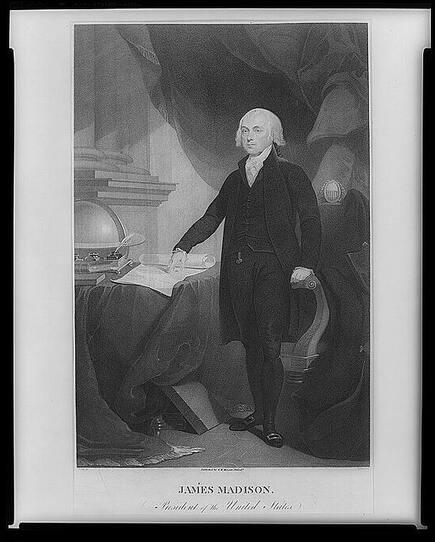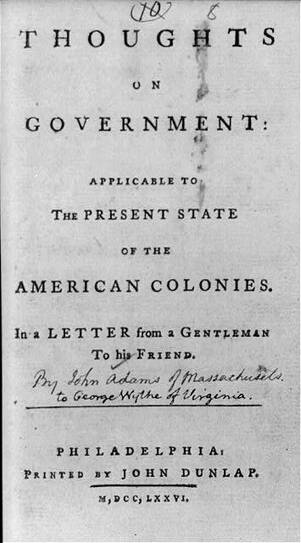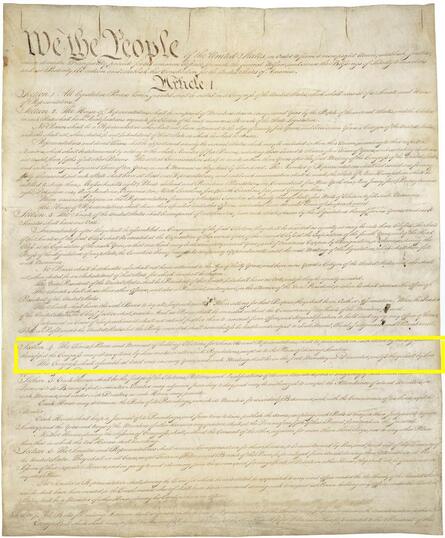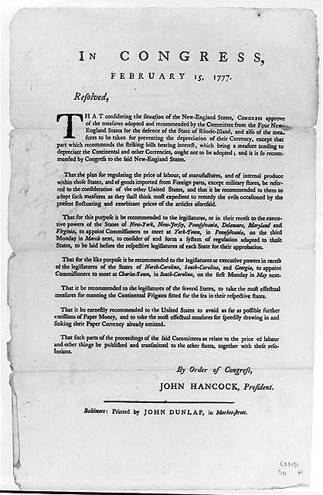Birth of a New Government
“The true principle of a republic is that the people
should choose whom they please to govern them.”
should choose whom they please to govern them.”
--Alexander Hamilton, opening speech at the
New York Ratifying Convention. June 1, 1787.
Through careful design and compromise, the delegates of the
Constitutional Convention engineered a new system of
government that represented triumphs on several fronts.
Constitutional Convention engineered a new system of
government that represented triumphs on several fronts.




